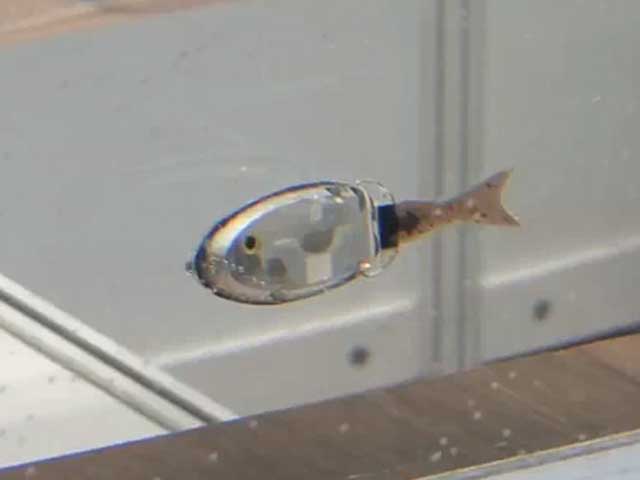

The chefs saw it as a solution to the threat facing many of the larger fish species that overfishing has pushed to near collapse.Ī US-based ocean conservation group, Oceana, wants these chefs to use their star power to convince people to consume more of the small oily fish like mackerel and sardines. It is a similar story in other European countries where people eat what we use for bait - mackerel, herrings, anchovies and sardines.Īnd we should all be eating more of them, say a group of the world's leading chefs who gathered in Spain recently to promote the message that by eating more small fish, both human diets and the world's seafood populations would improve. Roadside stalls throughout The Netherlands offer herrings, pickled or smoked, and are popular with people wanting a snack on the way to work.

In another shop window in Amsterdam the only fish on display were mackerel, from smoked to soused, long thin eels which had been skinned, and herrings. They had been too long out of the freezer.
#MACRO FISH AND CONSUME BAIT SKIN#
The good old pillies we use for bait, except they would not have been much good for bait as the ribs were showing through the skin on the flanks, which were red with blood. The only problem was the condition of the pilchards, for that is what they were. That translates to about $30 in our money. In pride of place on top of the ice mountain was a set piece with small fish stacked like firewood and a sign which proclaimed "Sardines, 12". Whole fish were laid out around the base of a huge pile of ice, with skate and stingray wings artfully arranged among the cod and haddock. The display at the fish counter at Harrods in London looked like a famous work of art in a gallery. Smoked whole mackerel cost about $18 a kilogram and fillets $36 a kilo.

Mackerel are the centrepiece in a shop window in Amsterdam.


 0 kommentar(er)
0 kommentar(er)
